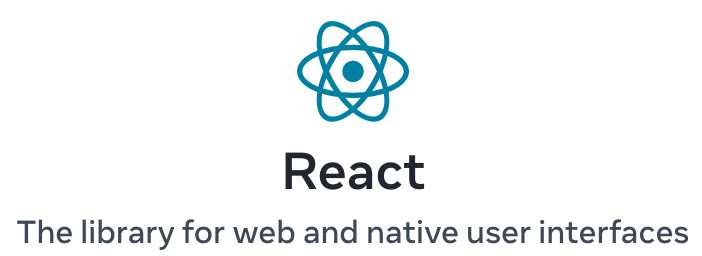
Learning Path: From Java to React
For students who already have a solid understanding of Java, here’s a structured approach to learning JavaScript and then progressing to React:
1. Master JavaScript Basics
- Syntax Differences: Highlight differences between Java and JavaScript, such as
let,const, and dynamic typing (no type declarations). - Functions: Learn function declarations, expressions, and especially arrow functions, which are commonly used in React.
- Scope: Understand
var,let, andconst, and their impact on scope. - Objects and Arrays: Explore object literals, array methods (
map,filter,reduce), and destructuring, as JavaScript objects differ from Java classes. - Prototypes vs. Classes: Cover prototype-based inheritance and ES6 class syntax. This will clarify how JavaScript objects differ fundamentally from Java’s class-based system.
- Error Handling: Familiarize with
try,catch, and JavaScript-specific error handling quirks.
2. Core JavaScript Concepts
- Asynchronous JavaScript: Introduce callbacks, Promises, and
async/awaitsyntax, as async behavior is crucial in JavaScript. - DOM Manipulation: Learn how JavaScript interacts with HTML through the Document Object Model (DOM). Focus on
querySelector,addEventListener, and basic manipulation methods. - Modules: Explore ES6 modules (
importandexport) to understand how JavaScript manages dependencies, similar to packages in Java. - Closures and
thiscontext: Dive into closures, scope, and howthisbehaves differently in JavaScript, especially in arrow functions.
3. Modern JavaScript and Functional Programming
- Functional Programming: Cover higher-order functions like
map,filter, andreduce. Emphasize immutability and how it’s a common pattern in React. - Spread and Rest Operators: Show how these operators simplify copying and merging arrays and objects.
- Template Literals: Introduce template strings for easier string manipulation.
4. JavaScript Development Environment
- Node.js: Set up Node.js to enable running JavaScript outside of the browser, introducing students to the environment where most development and build tools work.
- Package Management: Introduce
npmoryarnto manage dependencies, which will be necessary when moving to React.
5. Learning React Basics
- JSX: Introduce JSX syntax, how it combines HTML with JavaScript, and how it differs from Java.
- Components: Understand functional components and props, as well as the difference between stateful and stateless components.
- State and Props: Explore how state is managed within components, the importance of immutability in state, and how props are passed down to child components.
- Event Handling: Practice handling events in React, noting the difference in syntax and structure compared to vanilla JavaScript and Java’s event handling.
6. Intermediate React Concepts
- useState and useEffect Hooks: Learn to manage state and side effects within functional components using React Hooks.
- Component Lifecycle: Although hooks handle most lifecycle needs, understanding the lifecycle will help understand when to trigger side effects.
- Conditional Rendering: Learn how to render components conditionally based on state or props.
- React Router: Introduce React Router for handling navigation in single-page applications.
7. State Management and Advanced React
- Context API: Learn about React’s Context API to manage global state without passing props through every level.
- External State Management (Redux or Zustand): As they advance, introduce external libraries like Redux to manage state in larger applications.
This path leverages their Java knowledge, focuses on differences, and emphasizes the functional and declarative aspects that are prominent in JavaScript and React.